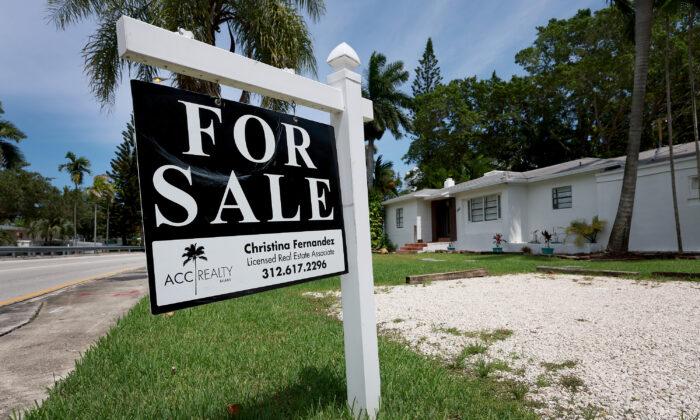On a year-over-year basis, pending home sales plummeted 37.8 percent, down from the 37 percent decline in the previous month. Trading Economics had projected a print of negative 32 percent.
Pending home sales—a crucial measurement of housing activity based on signed real estate contracts for existing residential properties—recorded their second-lowest monthly figure in two decades, the NAR reported. This was also the fifth straight monthly decline in pending home sales.
“Pending home sales in November 2022 recorded the second-lowest monthly reading in 20 years as interest rates climbed, drastically cutting into the number of contract signings to buy a home,” said Lawrence Yun, the chief economist at the NAR, in the report. “With mortgage rates falling throughout December, home-buying activity should inevitably rebound in the coming months and help economic growth.”
Looking Ahead to 2023
In August, the National Association of Home Builders (NAHB) declared a recession in the national real estate market. While NAHB chief economist Robert Dietz recently suggested that the housing market could have reached a bottom, the latest influx of data allude to decade-low readings for nearly every sector.
James Knightley, the chief international economist at ING, echoed this sentiment and stated that the “U.S. housing recession is already here.”
Will the 2022 correction or downturn in the U.S. housing market continue in 2023?
Demand for housing is still outpacing supply, which is preventing a collapse in prices, says Yun. Other indicators, such as employment growth, the share of remote work, and better housing affordability, could also drive the industry next year.
Redfin, a residential real estate brokerage firm, expects home sales will slide to their lowest levels since 2011, before initiating a “slow recovery in the second half of the year.”
“The housing market has certainly welcomed the recent decline in mortgage rates,” stated MBA chief economist Mike Fratantoni in a 2023 forecast. “This decline is reflecting market expectations of being near the peak for short-term rates, as well as increased signs that the U.S. is headed for a recession next year. Weaker growth typically leads to lower long-term interest rates, including mortgage rates.”
“Heading into the holidays, mortgage rates continued to move down,” said Sam Khater, Freddie Mac’s chief economist, in a statement. “Rates have declined significantly over the past six weeks, which is helpful for potential homebuyers, but new data indicate homeowners are hesitant to list their homes. Many of those homeowners are carefully weighing their options as more than two-thirds of current homeowners have a fixed mortgage rate of below 4 percent.”
The Federal Reserve conceded that a housing bubble formed during the coronavirus pandemic, but the central bank’s inflation-busting monetary tightening efforts could return stability to the real estate and mortgage markets.





